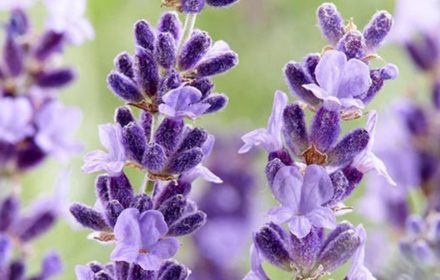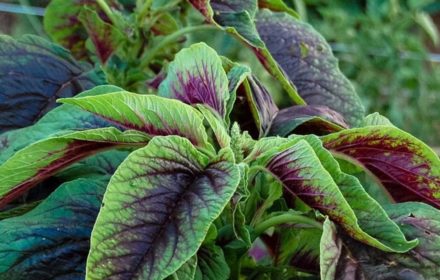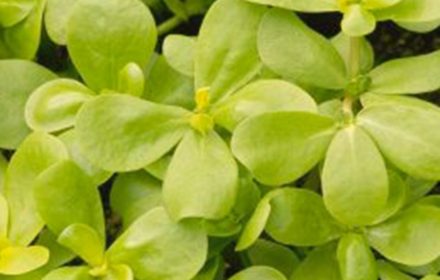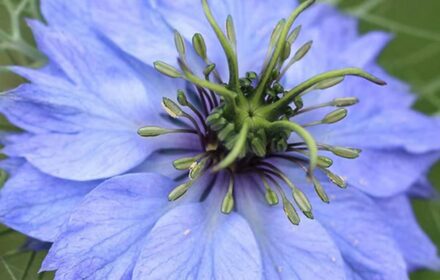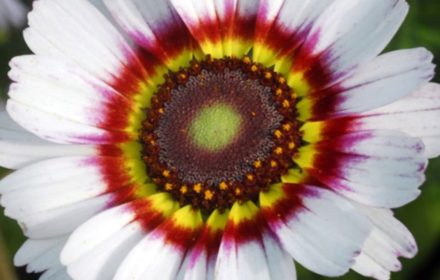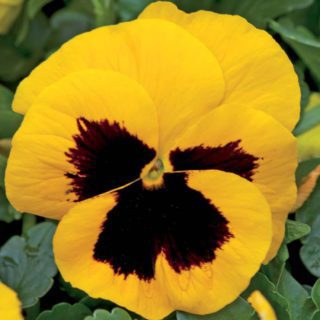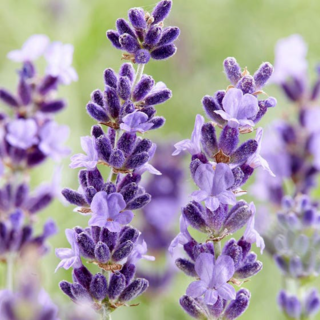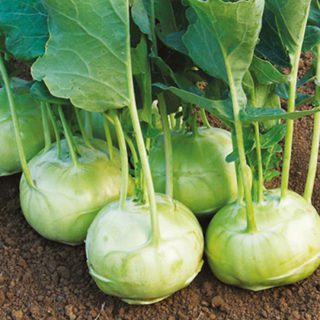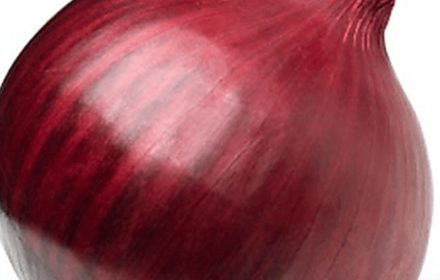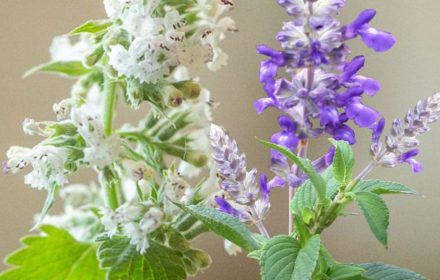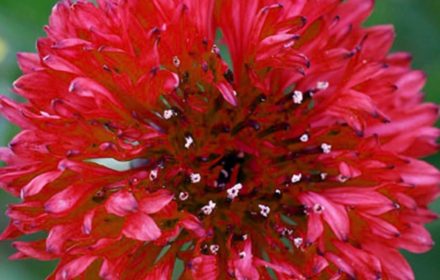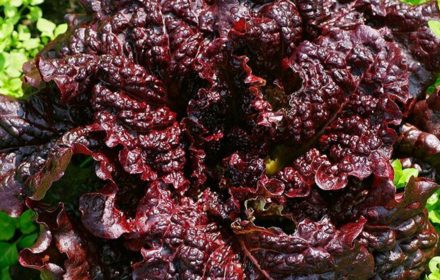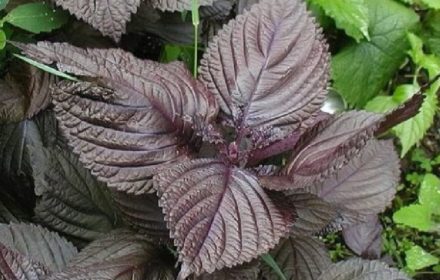How to Sow British Orange Giant Calendula Pot Marigold Seeds
British Orange Giant Calendula, also known as Orange King, is an easy-to-grow annual that brings vibrant orange double blooms to your garden. Known for its ability to reseed itself, this hardy variety requires minimal maintenance and can be grown in containers, borders, or directly in garden beds. Calendula Pot Marigolds perform exceptionally well in pots and planters, making them a great choice for patios and balconies. Ensure your container has good drainage, and use a lightweight potting mix to prevent waterlogging. A Stunning plant, which thrives in UK conditions, providing continuous colour from early summer to the first frost.
When to Sow
- Indoors: Start seeds indoors from late February to April to get an early bloom. This will give seedlings time to establish before transplanting outdoors after the last frost.
- Outdoors: For direct sowing, wait until the risk of frost has passed. You can sow from late April to June for summer blooms. In milder regions of the UK, sow in late summer (August to September) for flowers the following spring.
Preparing the Soil and Location
- Soil Type: Calendula Orange Pot Marigold Seeds are not picky about soil, but they perform best in well-drained, moderately fertile ground. Adding compost before sowing can improve growth, especially in poorer soils.
- Sunlight: This marigold thrives in full sun but will also tolerate partial shade. Choose a spot in your garden that receives at least 6 hours of direct sunlight daily for optimal flowering.
Step-by-Step Sowing Instructions
- Soil Preparation: Loosen the soil by raking and remove any weeds or debris. For container sowing, use a well-draining potting mix.
- Sowing Depth: Sow seeds at a depth of 1/8 to 1/4 inch (approximately 3-6mm) and cover lightly with soil.
- Spacing: Once seedlings are about 2 inches tall, thin them out to 8-10 inches apart. For containers, leave enough space between plants to allow proper air circulation and avoid overcrowding.
- Watering: Water the soil gently after sowing, keeping it consistently moist during the germination period, which usually takes around 7-14 days depending on conditions.
- Germination Temperature: Ideal soil temperatures for germination range from 15-20°C. Be sure to protect seedlings from any late frosts in early spring.
Aftercare Tips
- Watering: Once established, these marigolds are relatively drought-tolerant. Water sparingly, only when the soil feels dry to the touch.
- Deadheading: Regularly remove spent blooms to encourage more flowers and extend the blooming period.
- Fertilising: These plants are not heavy feeders, but a general-purpose liquid feed once a month during the growing season will support healthier growth and abundant flowers.
- Growing Height: Up to 15-18 inches (38-45cm)
- Plant Spread: Each plant will typically spread around 8-12 inches (20-30cm).
Harvesting for Displays and Bouquets
As a self-seeding annual, the plants will naturally reseed if left undisturbed at the end of the growing season. Allow the last blooms to form seed heads, and these will drop into the soil, producing new plants the following spring.
- Cut flowers when fully open, ideally in the morning after the dew has dried.
- Use sharp scissors or pruning shears to cut the stems cleanly.
- Leave a few inches of stem on the plant to encourage more blooms.
- Regularly deadhead by removing spent flowers to prolong the flowering season.
- Deadheading redirects energy from seed production back into new flower growth
- Leave the last few blooms of the season to go to seed for self-seeding next year.


